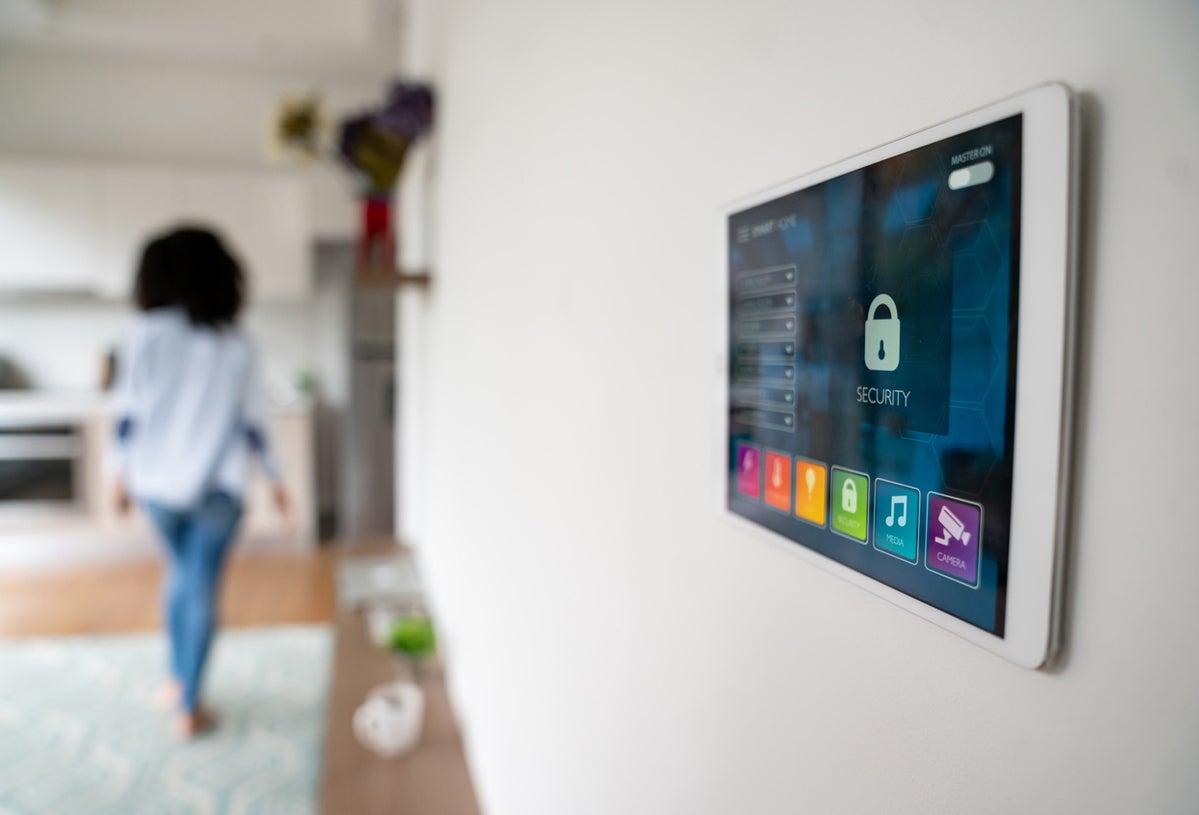- These are the Memorial Day headphones deals I recommend most to family and friends
- 4 gadgets I'm bringing to the beach this summer - and why they make such a big difference
- I'm a laptop expert and these are the Memorial Day laptop deals I'd scoop up ASAP
- These are my 13 favorite Memorial Day lawn and outdoor deals right now
- The most comfortable noise-canceling earbuds I've tested are on sale (and they're only $150)
The Future of Connectivity: Wi-Fi 6 and Smart Homes Explained

Wi-Fi has transformed the way we live, allowing us to work from any location, shop from the comfort of our armchairs, and benefit from a wide range of connected devices that would have been impossible if we were constrained by cables.
The number of connected devices is growing faster than the number of global Internet users with smart home devices like thermostats, smoke alarms and lighting systems making life more comfortable, safer, and more convenient.
By 2023, Internet of Things (IoT) will account for half of the global device market and connected home applications will be the largest category.[1] This is a huge opportunity for Communications Service Providers (CSPs) to offer additional services and generate revenues.
However, in this race to create more innovative applications and upgrade broadband networks, few have stopped to consider the importance of Wi-Fi in the smart home.
Smart home applications are so integral to everyday life that customers demand reliable Wi-Fi that covers the entirety of their home and are less tolerant of faults. If their smart doorbell goes offline twice a day, then they will find a provider that promises to keep their entire home connected.
Fortunately, there are solutions on the horizon. By 2024, half of all Consumer Premise Equipment (CPE) will support Wi-Fi 6 – a new standard that enables speeds of up to 10Gbps and increases capacity to boost performance in congested network environments.[2]
Wi-Fi 6 will connect more smart home devices, more reliably but it is only part of the equation. When Smart Home Services pioneer, Plume®, first looked at the market, it realized that software would arguably be more important than hardware to achieve the fast and reliable connectivity needed for the smart home era.
Smart Home Services can allow CSPs to operate more than just dumb pipes that others use to profit from their innovations. However legacy approaches to network management are a major barrier.
A digital strategy that includes powerful cloud-based analytics, monitoring capabilities, and intelligence will provide CSPs with unprecedented levels of visibility, control and flexibility that maximize the technical advances of Wi-Fi 6. The result is a transformed customer experience, lower churn, and service differentiation.
Here’s how:
- Powerful data insights: Data is the lifeblood of this new network era, with cloud-based analytics tools providing CSPs with more insights into customer trends and usage patterns. The result is more informed technical roadmaps and product launches and enhanced troubleshooting for potential issues. Whereas legacy infrastructure only provides baseline connectivity data, Plume’s Customer Experience Management (CEM) Platform offers detailed metrics that can be used to resolve issues without sending out a technician or new equipment – improving service and reducing costs.
- Service innovation: Wi-Fi 6 and cloud-based management capabilities will speed up the deployment of new services and improve network quality. Intelligent management and monitoring tools, as well as network optimisation algorithms will allow CSPs to offer perfect Wi-Fi connectivity from wall to wall.
- Stronger Security: Smart home devices inherently deal with sensitive data and the more devices that are added to a network, the more potential weak points there are for an attacker to launch an attack. Wi-Fi 6 supports more powerful WPA3 protection, while cloud-based AI security guards against hacks and suspicious content. All of this provides reassurance to customers and guards against a potential data breach.
- Enhanced Customer Experience: The combination of Wi-Fi 6 and cloud-based management tools transforms the customer experience. Customers benefit from self-service installation and troubleshooting, entire suites of innovative services, and dedicated mobile apps that allow them to take control of their smart home. Connectivity is no longer just about a dusty old router, it’s about platforms.
- Lower TCO: All of these benefits translate into lower Total Cost of Ownership (TCO) – as demonstrated by the 170 CSPs that use the Plume CEM Platform to manage more than 20 million home Wi-Fi networks. Self-service installation and remote fault resolution eliminate the expense of sending out technicians and equipment, while churn is reduced by up to 30%. On average, customers stay for three years longer, generating up to 70% more profit than if CEM wasn’t adopted.
Analysts believe the market for connected devices and associated services will reach nearly $263 billion by 2025. The combination of Wi-Fi 6 and cloud-based management gives CSPs the best opportunity to develop the connectivity and services that consumers demand.
To find out more about the future of smart home experiences and Plume’s completely new, cloud-controlled, software-defined approach to connectivity, head to Plume’s partner website here.
[1] Cisco Annual Internet Report (2018-2023)
[2] ABI Research (2019)
Copyright © 2021 IDG Communications, Inc.

